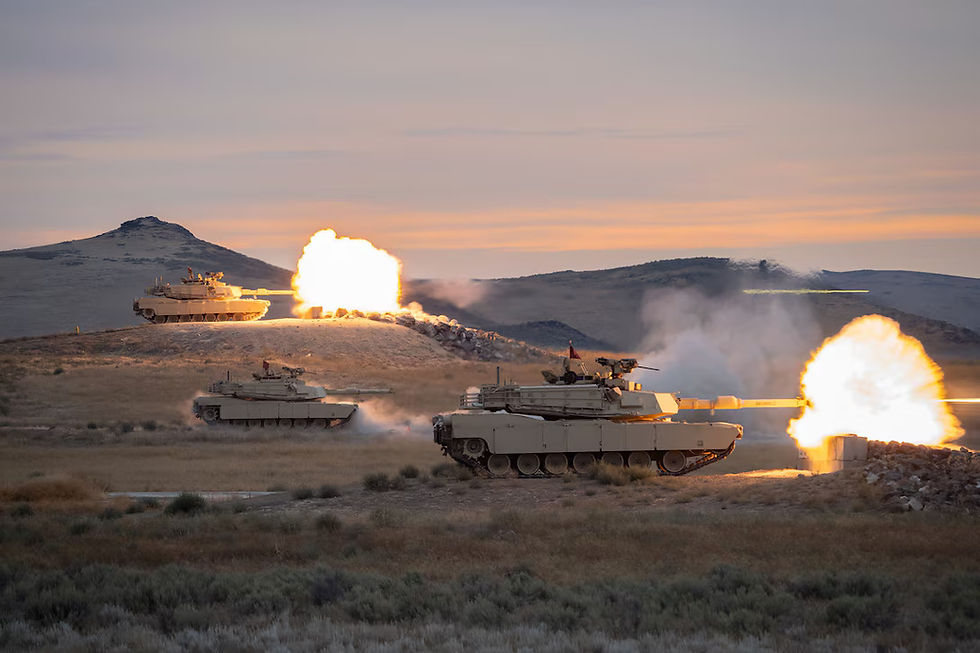THE IRAN PROJECT PART THREE: JCPOA, THE OBAMA ADMINISTRATION, AND THE TRUMP ADMINISTRATION
- savglobalanalyst
- Jul 26, 2021
- 13 min read
Updated: Nov 26, 2024
Marco Parks, Aimee Hanstein, Cameron Price, CENTCOM Team
Want to read more?
Subscribe to counterthreatcenter.com to keep reading this exclusive post.







